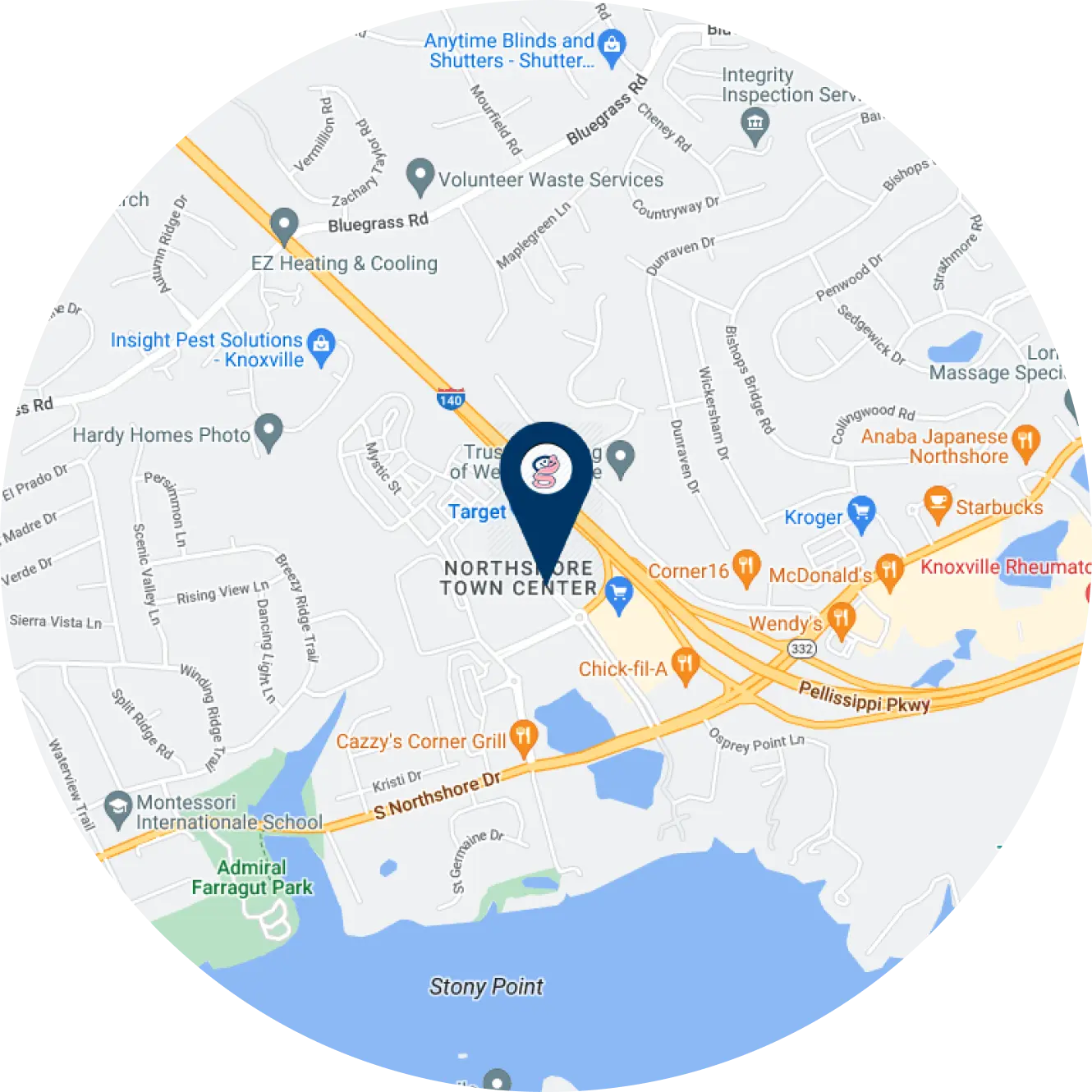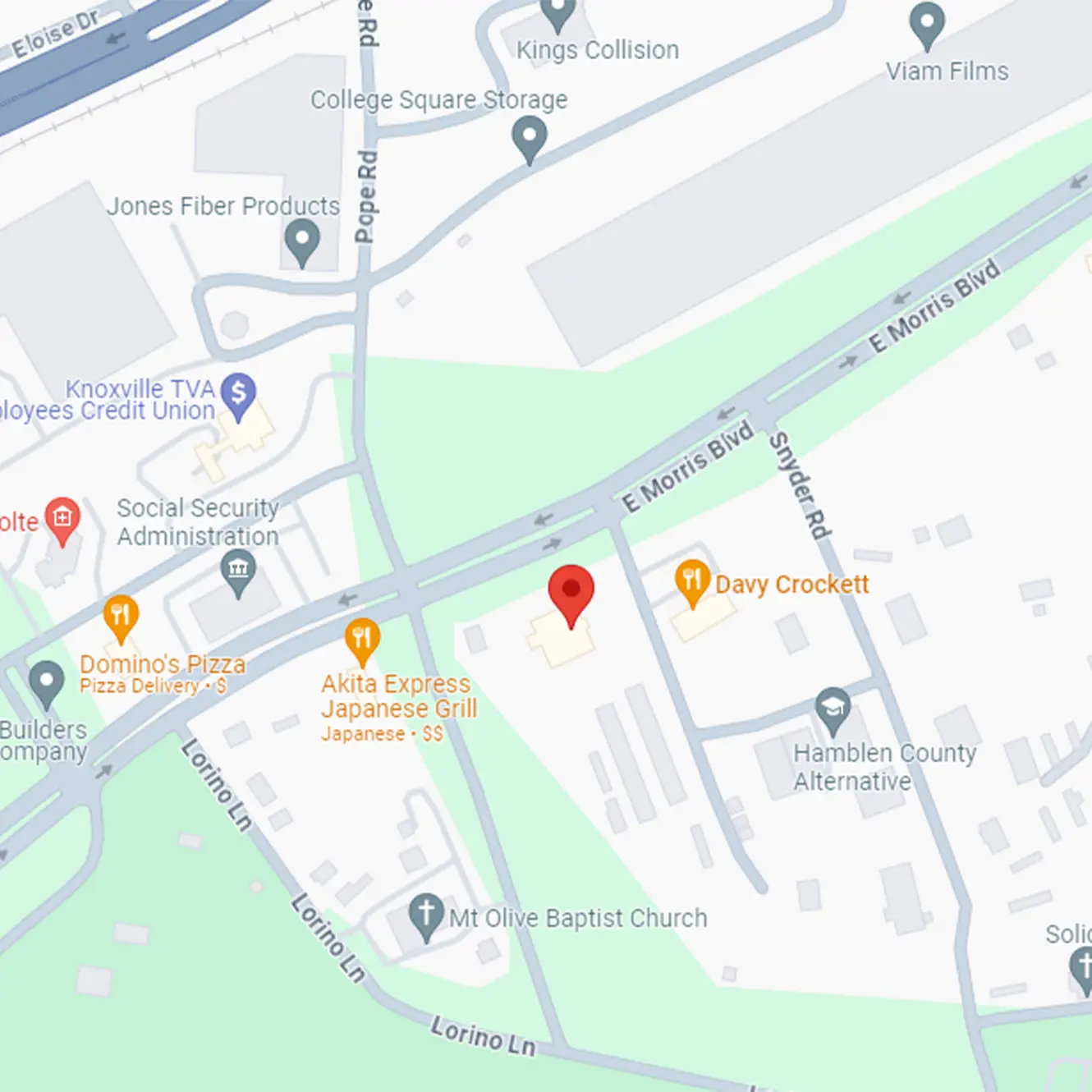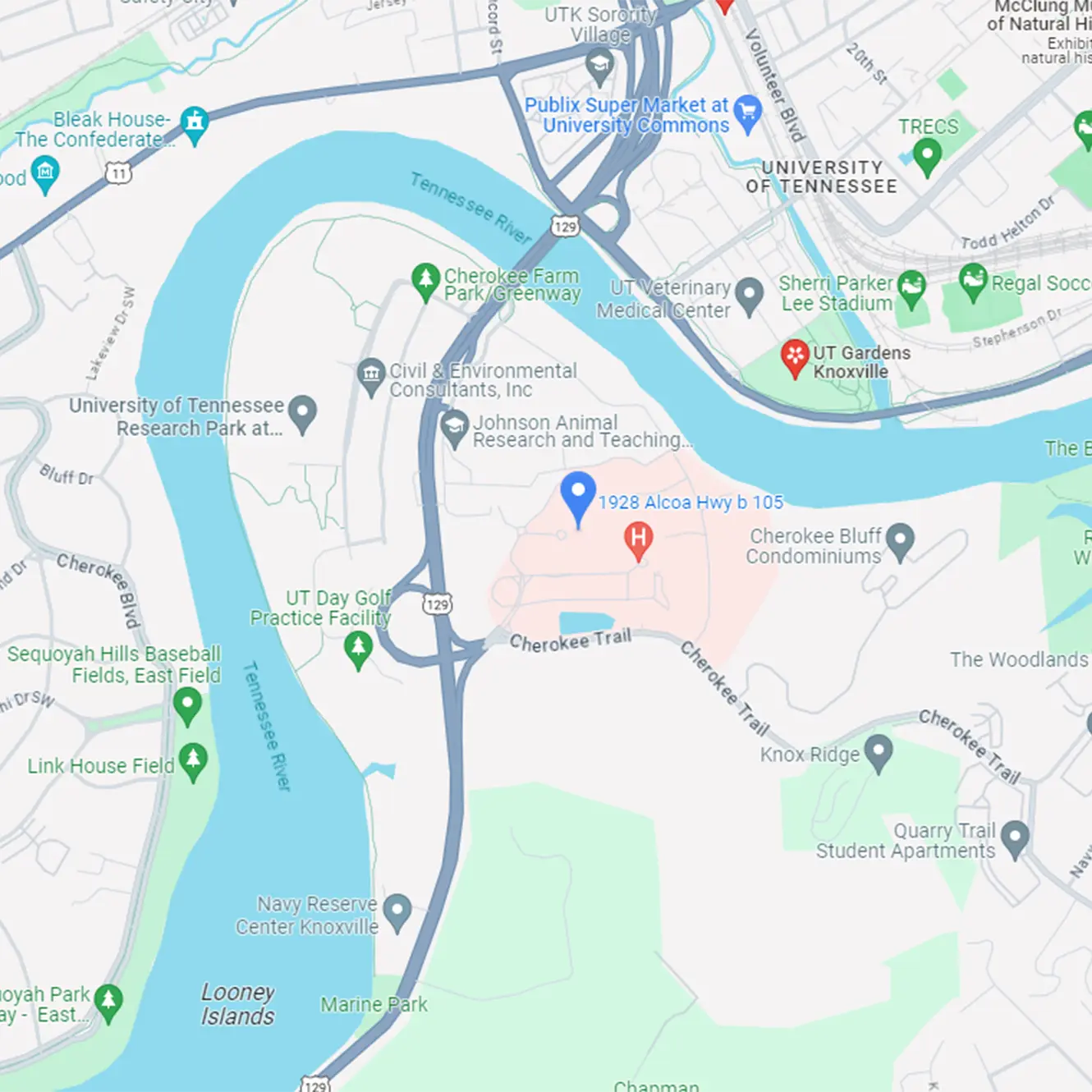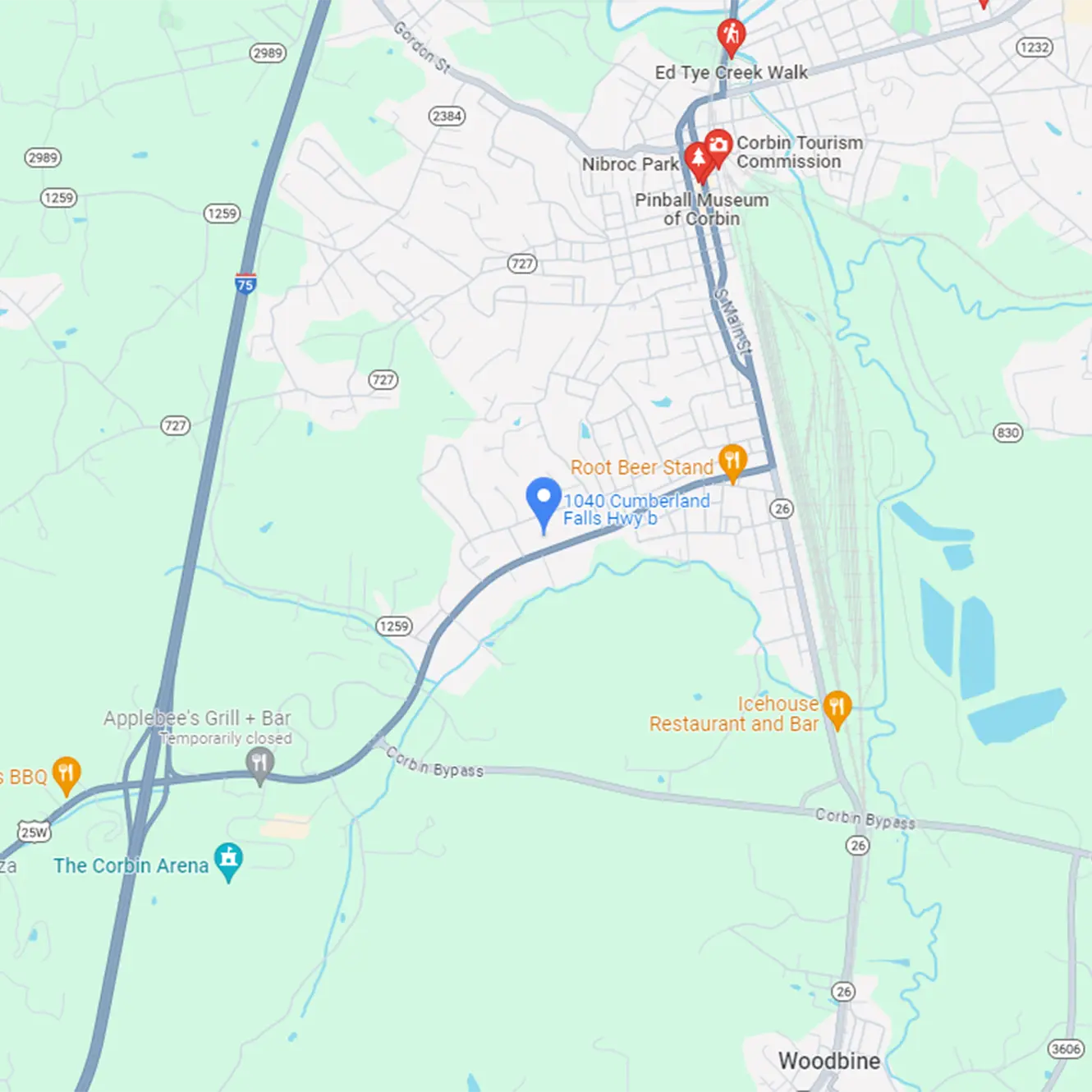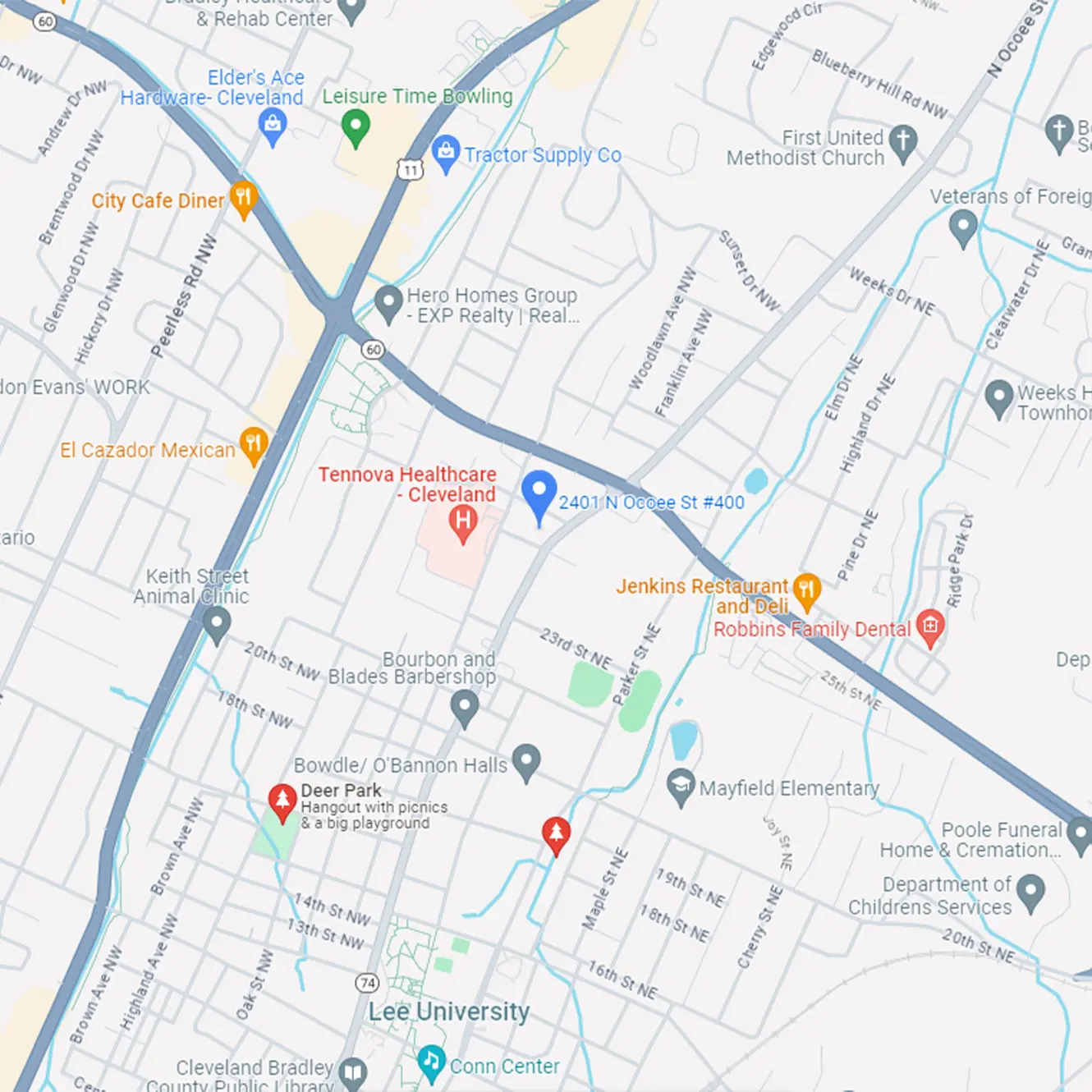The duodenum is the first part of the small intestine. It is located between the stomach and the middle part of the small intestine. After foods mix with stomach acid they move into the duodenum, where they mix with bile from the gallbladder and digestive juices from the pancreas. The duodenum is responsible for regulating how fast your stomach empties, and for breaking down the food eaten.
The small intestine has a natural protection against digestive juices. When the protective process breaks down, and the lining is exposed to digestive acids, open sores, or lesion (ulcers) form and the lining of the intestines become inflamed.
Causes
The most common cause of duodenal ulcers is an infection caused by the bacteria Helicobacter pylori (H. pylori). This infection causes your small intestine to become inflamed and the intestine lining to become damaged. About 90% of duodenal ulcers develop from Helicobacter pylori (H. pylori).
Other causes of duodenal ulcers include:
- Smoking
- Caffeine
- Alcohol
- Stress
- Acid and pepsin
- Nonsteroidal anti-inflammatory drugs (NSAIDs)
- Autoimmune diseases (inflammatory Bowel Disease)
People with untreated ulcers can experience complications. A hole in the intestine lining from duodenal ulcers can cause internal bleeding. Duodenal ulcers can also cause inflammation in tissues lining the abdominal walls. If the intestine is perforated the acid can leak out and cause damage to surrounding organs. Obstructions at the opening of the stomach and intestine can also occur.
Symptoms
The most common symptom is a gnawing or burning pain in the abdomen between the breastbone and the navel. The pain often occurs between meals and in the early hours of the morning. Less common symptoms include:
- Belching
- Nausea
- Vomiting
- Poor appetitie
- Weight loss
- Difficulty feeding
- Blood in the stools or vomit
- Feeling tired and weak
A person of any age can get an ulcer. A doctor should be called if a child has symptoms of an ulcer to include:
- Sudden, sharp stomach pain that will not go away.
- Bloody (red or black) vomit or stools.
- Has taken aspirin or ibuprofen for a long time.
- Other concerns about child’s condition.
Diagnosis
There are a number of tests that can be done to diagnose a duodenal ulcer:
- Upper GI series (Barium swallow) – examines the organs of the upper part of the digestive system.
- Esophagogastroduodenocopy (EGD or upper endoscopy) – procedure that allows the doctor to examine the inside of the esophagus, stomach, and duodenum.
- Blood, breath, and stomach tissue tests – performed to detect the presence of H. phylori.
Treatment
Treatment should be determined by your doctor and may include:
- Lifestyle changes – no particular diet is helpful for most ulcer patients. Limit or avoid foods that cause you heartburn or indigestion.
- Medications –
- Antibiodics – to kill H. pylori
- H-2 blockers – to reduce the amount of acid the stomach produces by blocking histamine, a powerful stimulant of acid secretion.
- Acid pump inhibitors – to block stomach acid production
- Mucosal protective agents – to shield stomach’s mucous lining from the damage of acid.
Most of the time, anti-ulcer medications heal the ulcers quickly (in about 8 weeks). Pain usually goes away in a week. If the body doesn’t respond to medication, or develops complications, surgery may be required.










